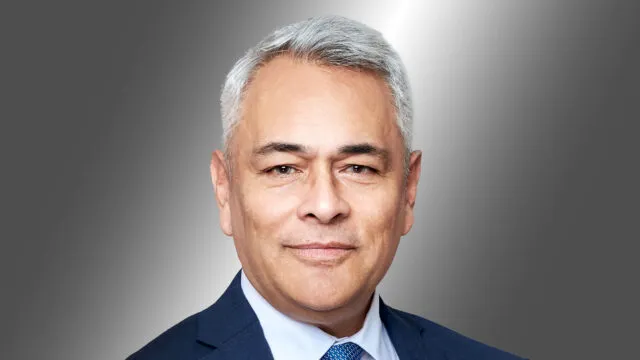Lombard Odier expects to see low- to mid-single digit returns from equities during the second half of the year, its chief investment officer and head of investment solutions for Asia, John Woods (pictured), said during a recent outlook event.
The S&P 500 has gained 10.03% so far this year after paring back some of its gains in April as the market recalibrated its expectations around interest rates following a series of strong inflation prints.
Woods also sees the market rally broadening out from the Magnificent Seven towards some of the more value sectors such as energy and consumer staples, a development that has already occurred so far this year.
Woods is also cognisant of the fact that valuations in the US, at around 22 times price-to-earnings, are currently quite stretched, hence one of the reasons why he also favours non-US equities.
“I believe the positive gains are behind us for 2024. I think in the second half of the year, we’re going to see softer gains, probably mid- to low-single digits. This is consistent with the correction we’ve seen just in the last few months or so,” he said.
“The positive news about the American market is that it’s probably seeing a greater focus on some of the value sectors away from the pure growth: communications, energy and consumer staples. These are three sectors we are promoting to clients.”
Overall, Lombard Odier is neutral equities and overweight fixed income, as Woods notes that the market has moved from an environment over the past decade where there were no alternatives to equities to one where the earnings yield on the S&P 500 is essentially matched by even short-dated Treasuries.
Fixed income opportunity
Woods concedes that one concern for fixed income is that credit spreads have been tightening. The ICE BofA US Corporate Index Option-Adjusted spread was last quoted at 0.89%, although he expects this to tighten further as more investors roll out of time deposits when the US Federal Reserve begins cutting interest rates.
Indeed, he said that he expects spreads to reach as low as 50bp-60bp, a period not seen since the mid-noughties. Nonetheless, he thinks the attractive yields on offer in fixed income mean that it is too good an opportunity to ignore.
“Right now, we are looking at bond yields remaining pretty attractive, not only in the US but also in, for example, Europe as well. We’ve not seen these sort of yields for 15-20 years and I think this is what makes particularly investment grade almost a one-in-two-decade opportunity.”
Closer to home, Woods is sceptical about the recent rally in China, noting that this has occurred before, for example in October 2022 when optimism emerged that Beijing would begin unwinding its zero-Covid policy. Those gains were later surrendered.
“Bear market rallies in China are not uncommon. What tends to happen in China is you get this huge amount of anticipation. Some measures are announced and the whole market starts to rally hard.”
“The problem we have as advisers and asset allocators is: do we tactically play these rallies to try to cleverly time entries and exits or do we have to look through them and focus instead on earnings and fundamentals? Inevitably, we prefer the latter course of action.”
Regarding Japan, he is much more optimistic, noting that the recent rally has not just been boosted by a weaker yen favouring exports, but also by stronger consumption data as wages have begun to rise.
He is also constructive on the US dollar because of the interest rate differential as the European Central Bank and other major central banks globally are expected to cut first.

















